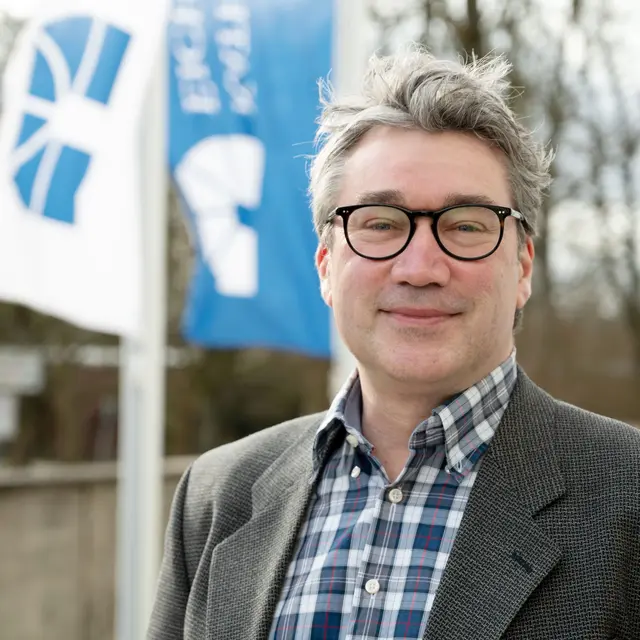The law of conservation of energy is well known from physics lessons: The energy of a closed system is constant. It is not lost, but is converted into other forms, for example when kinetic energy becomes heat – or vice versa, when heat leads to movement. However, this basic scientific principle often still poses a problem for climate research. Until now, for example, it has been unclear when calculating ocean currents where the energy that creates small-scale swirls and the mixing processes they cause come from. The same applies to the atmosphere, where air moves instead of water: Here, too, local turbulence can drive larger movements or, conversely, waves can break down into small structures on a larger scale.
How waves, swirls and turbulence influence our climate

All these processes are important for the Earth's climate. They determine how temperatures will rise in the future. But how exactly the energy transfer between waves and vortexes in the sea and in the atmosphere works often remains unclear. The aim of the researchers is to develop energetically consistent mathematical models and thus make climate analyses and forecasts more precise. Meteorologists, marine scientists and mathematicians are working together on the interdisciplinary project "Energy transfer in the ocean and atmosphere" - a total of around 70 scientists are involved. Funding for the Transregional Collaborative Research Center has now been extended by the DFG until mid-2028. The project is coordinated by the Center for Earth System Research and Sustainability at the University of Hamburg. Other partners include the Alfred Wegener Institute for Polar and Marine Research in Bremerhaven, the Helmholtz Center for Ocean Research in Kiel and the Leibniz Institute for Baltic Sea Research in Warnemünde.
Prof. Dr. Marcel Oliver from the Mathematical Institute for Machine Learning and Data Science (MIDS) at the KU is a member of the Collaborative Research Center. Together with his team, he develops mathematical models and numerical simulation methods to describe complex interactions and processes in the climate system. The projects in the Collaborative Research Center aim to "develop new computer calculation methods that help us to understand how small, often not directly visible movements and processes in the sea and in the air transfer and distribute energy in our climate systems", explains Oliver.

The focus is on two main approaches: On the one hand, it is about developing methods that allow coincidences to play a role (stochastic approaches), which on average comply with the laws of physics, but without placing unrealistically high demands on the necessary computing power. On the other hand, the working group deals with methods for analyzing simulation data provided by the latest generation of climate models on unstructured simulation grids. "The aim is to create models that enable more reliable predictions about the climate by correctly mapping how energy moves from the smallest currents to large-scale patterns", says Oliver.
Through the Collaborative Research Center, two doctoral positions and one postdoctoral position were acquired at Marcel Oliver's chair. "Promoting young talent and training the next generation of researchers is particularly important in this area", says Prof. Dr. Jens Hogreve, Vice President for Research. The KU is therefore delighted about the further four-year funding phase. Participation in this DFG Collaborative Research Center is an important pillar of sustainability research at the KU. The Mathematical Institute for Machine Learning and Data Science, which was established in Ingolstadt in 2022, is not only a central component of the KU's new focus on digitalization, but also conducts research in the field of climate change. Examples of this include participation in the DFG Collaborative Research Center "Waves, Clouds, Weather" (Prof. Dr. Tijana Janjic, Heisenberg Professor of Data Assimilation) or in a DFG research group on the nature and structure of soils (Prof. Dr. Nadja Ray, Chair of Geomatics and Geomathematics).
![[Translate to Englisch:] Wolkenwirbel](/fileadmin/_processed_/1/8/csm_AdobeStock_687236645_db570598d9.webp)